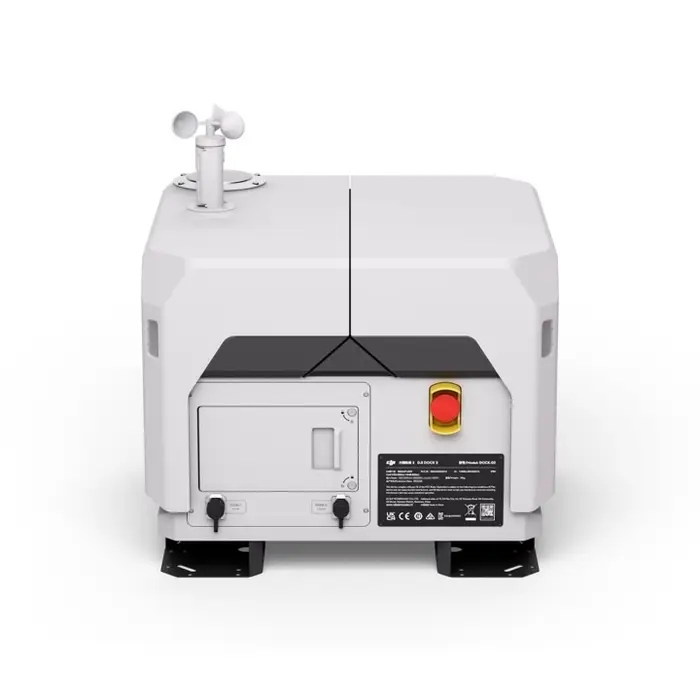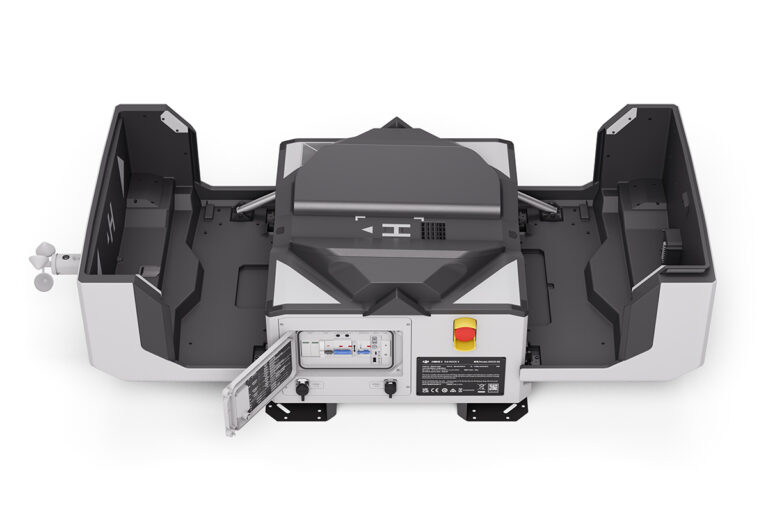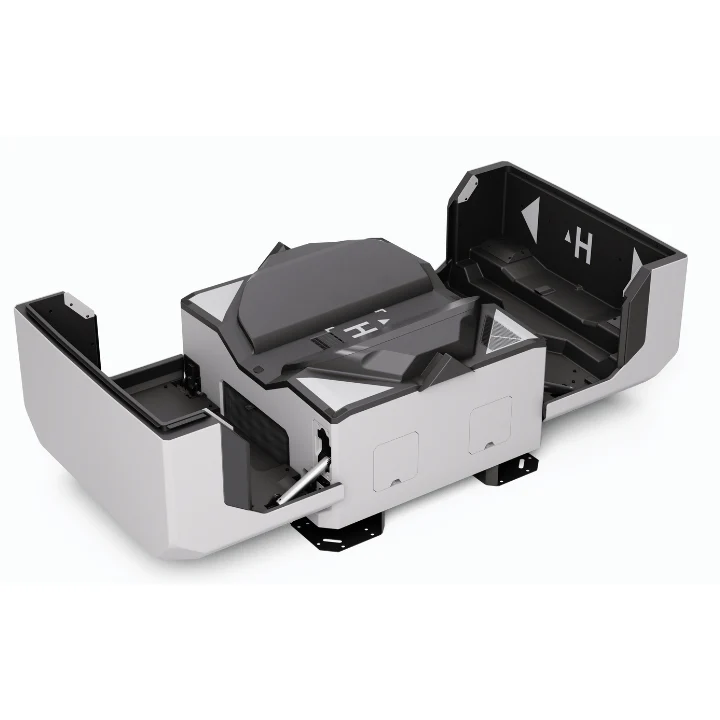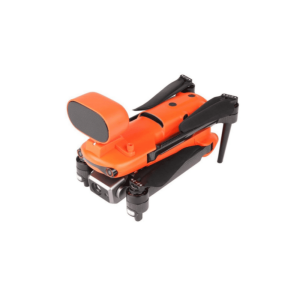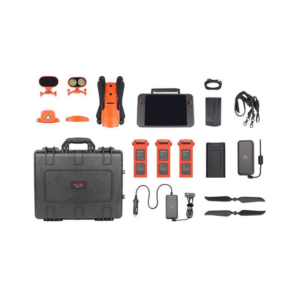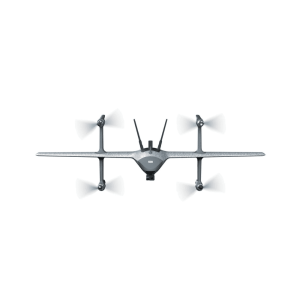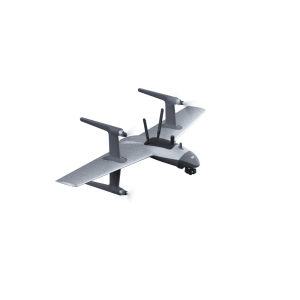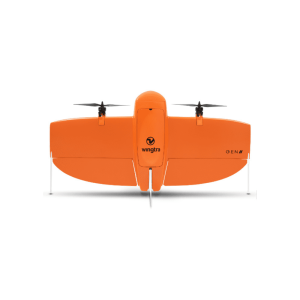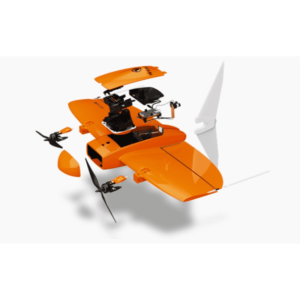DJI Dock 2
The more capable yet noticeably smaller DJI Dock 2 deploys Matrice 3D or 3TD drones with ease and security. Dock 2 is lightweight, offers high-level operation capabilities, and has cloud-based intelligent functions that bring efficiency and quality to automatic operations.
- Lightweight and Easy to Deploy
- IP55 Ingress Protection
- 10km Max Effective Operating Radius
- Integrated Environmental Monitoring System
- Cloud-Based Modeling
- FlyTo Tasks
- Private Deployment
- Third-Party Payload Support
-
Description
Compact & High-Performance Unattended Operation Platform

Easy Deployment, Ready to Go
Lightweight Design
DJI Dock 2 is 75% smaller and 68% lighter than its predecessor and is easily transportable with just two individuals, which makes for flexible installation and reduces installation costs.
Efficient Site Evaluation
Before deployment, the aircraft can detect the surrounding environment using vision sensors and quickly determine whether the area has strong GNSS signals. This new vision-based evaluation markedly accelerates site selection, reducing the required time from five hours to twelve minutes or less.
Rugged, Reliable, Recharged
- IP55 Dustproof and Waterproof
DJI Dock 2 is designed with safeguarding in mind. With an IP55 dust and water resistance rating, [1] Dock 2 can operate steadily for extended periods even in harsh climates and environments.
- Integrated Environmental Monitoring System
DJI Dock 2 integrates multiple sensors, including rainfall, wind speed, and temperature gauges, to perceive real-time weather changes. In conjunction with online weather forecasting, it can provide timely warnings or terminate flight tasks using DJI FlightHub 2 to effectively reduce flight risk.
- Improved Landing Stability
With next-gen image recognition technology, the aircraft accurately identifies positioning markers on the landing pad. Additionally, the landing pad’s new slide-ramp centering design further facilitates precise landing.
Built-in Backup Battery
In the case of an unexpected power outage, DJI Dock 2 can continue to operate independently for over five hours with the built-in backup battery, leaving sufficient time for the aircraft to return and land.

Six-Month Maintenance Interval
With its high level of protection and reliability, DJI Dock 2 only requires maintenance approximately every six months, effectively controlling human resource costs.
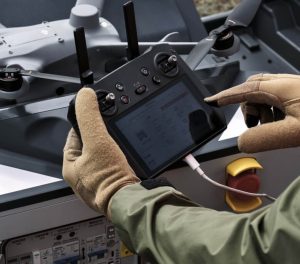
Abnormal Condition Notifications
If DJI Dock 2 and the aircraft encounter task failures or emergencies, DJI FlightHub 2 will immediately send email notifications. This allows operators to accurately trace and troubleshoot problems based on the provided information.

Steady Operation, Uncompromised Efficiency
Quick Takeoff
Quick Charging
Dual-Camera Monitoring
Cloud-Based Operation, Maximum Control
Cloud Mapping
After the aircraft completes its flight task, DJI FlightHub 2 generates high-precision 3D models based on the collected flight data, authentically restoring the operating environment. These models can be annotated, measured, and downloaded.
Flight Route Editor
Utilizing high-precision 3D models, operators can conduct visual flight route editing from a first-person perspective and preview simulated imaging results. This facilitates intuitive and efficient operations and enhances flight route planning and accuracy.
AI Spot-Check
Frame a specific area in the 3D model, and the aircraft will automatically compare the area to be captured with the framed area in subsequent automated operations. This actively adjusts the camera’s angle to ensure accurate capture of the same area across multiple flights.
FlyTo Tasks
DJI FlightHub 2’s FlyTo tasks utilize high-precision 3D models to automatically plan the optimal flight route. Before an urgent task, the operator only needs to click on the subject, and the aircraft will fly to the destination via an efficient and safe route.
Live Flight Controls
Based on DJI FlightHub 2 or a third-party cloud platform, even if
DJI Dock 2 is deployed in a remote region, the operator can still control the flight and gimbal angle via keyboard and mouse.
Obstacle Bypass
When performing automatic flight tasks, the aircraft utilizes omnidirectional obstacle sensing and automatic obstacle bypass functions to enhance the success rate of flight tasks.



